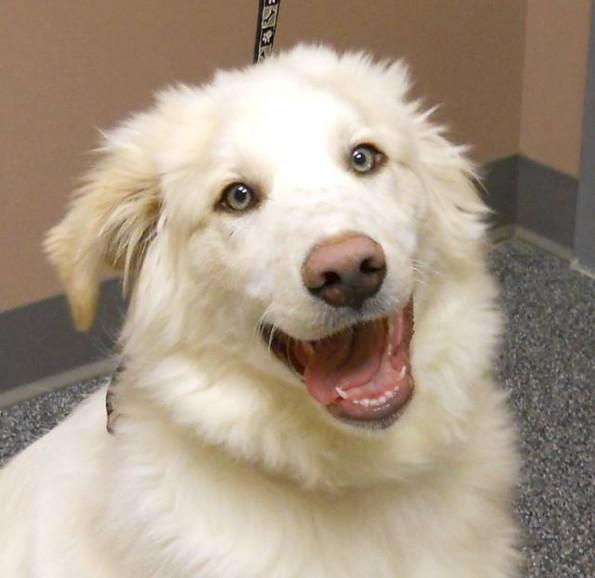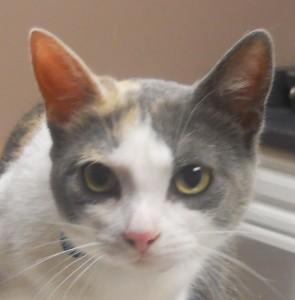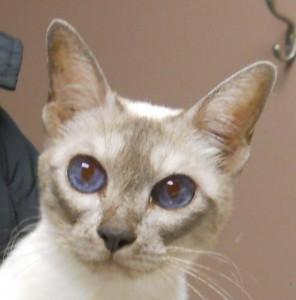
If we could tell you how to help your pets live longer and healthier lives, and at the same time save you thousands of dollars on vet bills, would you be interested? Well, we won’t keep this a secret, here is how.
Fight Pet Obesity!
A survey done in 2012 has shown that over 55% of dogs and cats in the U.S are overweight or obese. This is an all time high! While the results of a similar study in 2013 are not out yet, odds are this number has risen even higher!
Why does it matter if my pet is a little overweight?
Being overweight has shown to increase risks for:
- · Type 2 Diabetes
- · Osteoarthritis and other orthopedic conditions such as torn ligaments
- · High blood pressure with heart and respiratory disease
- · Increased anesthetic complications
- · Cancer
All of the above conditions can require frequent veterinary care, diagnostic testing, and medications. That can all add up to be quite costly. More importantly, being overweight has been shown to decrease life expectancy of up to 2.5 years!
Let’s look at the difference in annual veterinary costs for a healthy dog or cat with a healthy weight vs. a dog or cat with conditions that could be prevented by preventing obesity – Diabetes and Osteoarthritis.
| Healthy 8 year old dog or cat | Overweight Diabetic Cat | Overweight 50lb Dog with osteoarthritis | |||
| Annual exam and vaccines | $135 | Annual exam and vaccines | $135 | Annual exam and vaccines | $135 |
| Parasite testing and control | $150 | Parasite control and testing | $150 | Parasite testing and control | $150 |
| Preventive Detection Bloodwork | $150 | Urinalysis | $75 | X-rays | $210 |
| Bloodwork/blood glucose monitoring | $400 | Bloodwork monitoring | $320 | ||
| Progress exams | $110 | Progress exams | $110 | ||
| Insulin and syringes | $700 | Pain control medications | $750 | ||
| Other complications (urinary tract infections, emergency treatment, etc.) | $200-$400 | ||||
| Total per year: | $435 | $1570-$1970 | $1675 | ||
*Please note that these numbers are rough estimates. Each pet is different and may require different courses of treatment or diagnostics.
How can I tell if my pet is overweight?
The best way to do this would be to see our veterinary team in Mitchell or Milverton for an evaluation. It can sometimes be difficult for owners to tell if their pet is overweight. In fact, 45% of pet owners assessed their pets as having a normal body condition when the veterinarian assessed them to be overweight. Our veterinary team will evaluate your dog or cat’s body condition score (BCS). Your pet’s ribs should be easily felt, like feeling your knuckles on the back of your hand when you hold it flat. Your pet should also have an abdomen that tucks up when viewed from the side, and tucks inwards just in front of the pelvis when viewed from above.
What can I do?
1) Determine if your pet is overweight.
- · The first step to fixing any problem is admitting there is one! The veterinarian will evaluate your pet’s BCS at its annual health exam. However, if your pet isn’t due for its checkup anytime soon, feel free to contact us to set up a time to have a member of our veterinary team do a weigh -in and evaluation of your pet!
2) Set a goal.
- · Your veterinary team member will tell you how much your pet should ideally weigh. This should be the weight loss goal. Goals are important to achieving weight loss, as they keep you motivated by having a number to strive for. This is also important for monitoring progress.
3) Make a plan.
- · Measure the amount of food. With your pet’s ideal weight in mind, your veterinary team will be able to provide you with diet recommendations and amounts to feed your pet to achieve weight loss. It will be very important to measure the food with a measuring cup so you know exactly how much your pet is getting!
- · Feed a weight loss diet. Cutting back on calories is important, however, you don’t want to lose all the nutrition along with those calories. Diets specifically formulated for weight loss pack more nutrition into fewer calories. Each pet is different, so your veterinary team is a valuable resource for discussing what diet options are best.
- · Avoid feeding human foods. While low calorie snacks such as vegetables are great for pets while they are on diets, avoid feeding all other types of human foods. Did you know that a 20 lb dog eating one hot dog is equivalent to a 5’4” person eating three hamburgers? What may not seem like a lot adds up quickly for our furry friends!
- · Feed using treat dispensing toys. This will help make your pet slow down while eating and also act as environmental enrichment. For cats, this could also mean some exercise as they chase the toy around.
- · Do monthly or bi-weekly weigh-ins. This is the key to weight loss success! Our veterinary team can monitor the progress and adjust the caloric intake as needed. Your dog can safely lose 1-2% of their body weight per week, while your cat can safely lose up to 1% of their body weight per week.
- · Exercise for weight loss. Walk at a faster than usual pace so that your dog isn’t stopping and sniffing that often. If you aren’t walking at a quick enough pace to get your heart rate going and break a sweat, odds are your dog isn’t either. For cats, try to play with them more often with laser pointers or other toys they need to chase.
There are many good reasons to help your pet lose weight and you will be amazed by how much better they will feel! If you want to get started and help your pet live a longer, healthier and happier life, contact Mitchell Veterinary Services today! We are here to help and love being a part of weight loss success stories!




